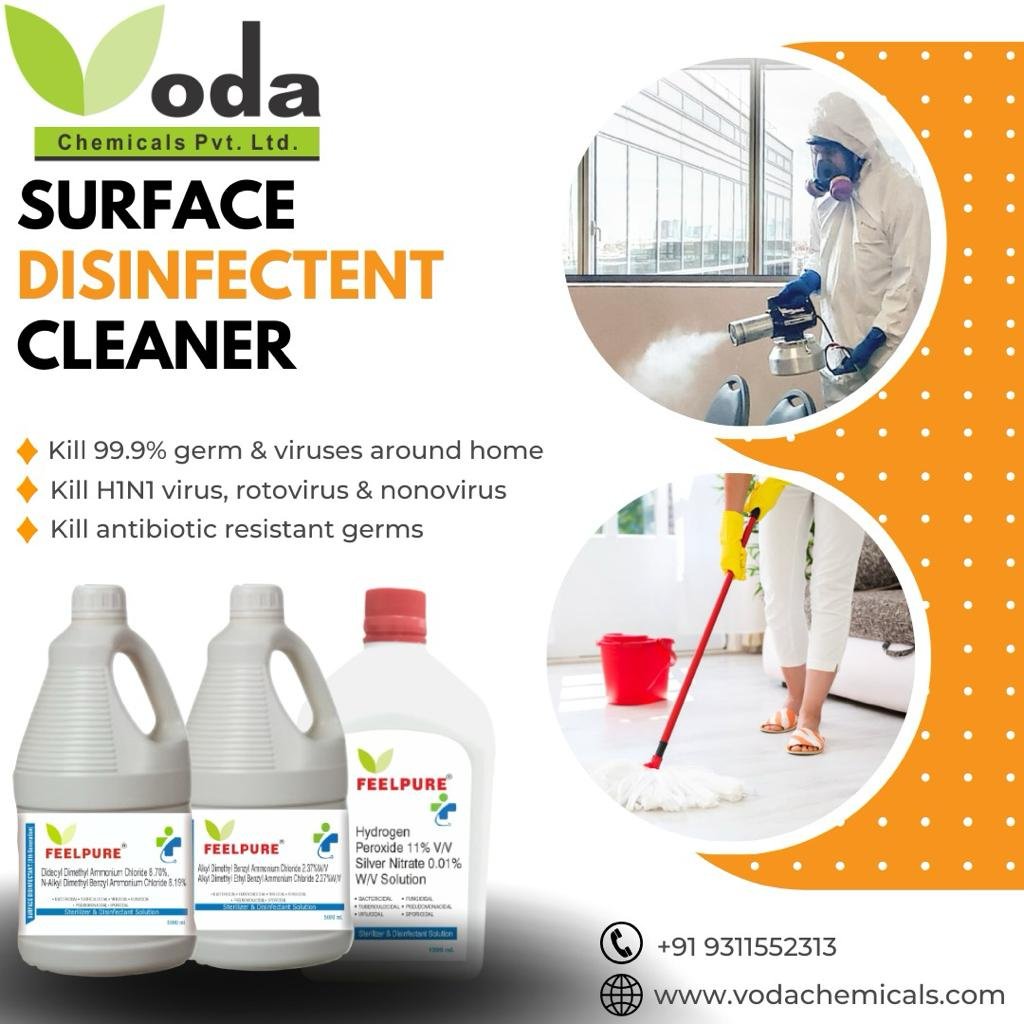Introduction
In today’s swiftly changing landscape, maintaining a hygienic and protected environment is of utmost significance. One of the most effective methods for ensuring surface disinfection is fogging. This technique is increasingly being recognized as a superior way to sanitize large areas, particularly when combined with advanced disinfectants like Hydrogen Peroxide 11% and Silver Nitrate 0.01%.

Fogging offers a unique advantage over traditional cleaning methods. It works by dispersing a fine mist of disinfectant into the air, which then settles onto surfaces. This ensures even coverage, reaching areas that manual cleaning often misses. Fogging is especially useful in settings where bacteria, viruses, and fungi are a concern, such as hospitals, schools, offices, and manufacturing plants.
Why Hydrogen Peroxide and Silver Nitrate?
The combination of Hydrogen Peroxide 11% and Silver Nitrate 0.01% creates a powerful disinfectant. Hydrogen Peroxide is well-known for its ability to break down harmful pathogens by releasing oxygen molecules. This oxygen disrupts the cell walls of bacteria and viruses, effectively killing them. When paired with Silver Nitrate, which has antimicrobial properties, the solution becomes even more potent. Silver ions interfere with the replication processes of microbes, adding an extra layer of protection.
By using this blend in fogging, we can achieve rapid and effective surface disinfection. The mist produced during fogging allows the disinfectant to penetrate even hard-to-reach areas, such as corners and crevices. This is particularly beneficial in areas where germs can easily accumulate but are difficult to clean manually.
Applications of Fogging in Different Environments
1. Healthcare Settings: Hospitals and clinics are high-risk areas where infections can spread quickly. Fogging ensures that operation theaters, patient rooms, and corridors are free of pathogens, reducing the risk of hospital-acquired infections (HAIs).
2. Offices and Workspaces: With the rise of hybrid work models, ensuring that office spaces are regularly sanitized is critical. Fogging not only disinfects desks, chairs, and equipment but also minimizes the risk of virus transmission in shared areas like cafeterias and meeting rooms.
3. Schools and Daycare Centers: Children are particularly susceptible to infections, making regular fogging an essential part of maintaining a healthy learning environment.
4. Industrial Plants: Factories and manufacturing plants often have complex machinery and large surfaces that need frequent cleaning. Fogging helps sanitize these areas efficiently without the need for prolonged downtime.
5. Public Transport: Buses, trains, and airplanes are confined spaces where germs can spread rapidly. Regular fogging helps ensure that passengers are protected during their travels.

Benefits of Fogging Over Traditional Cleaning
– Complete Coverage: Unlike wiping or spraying, fogging ensures that all surfaces, including hard-to-reach areas, are sanitized.
– Time-Efficient: Large areas can be disinfected in a fraction of the time it would take with traditional methods.
– Minimal Human Contact: By automating the disinfection process, fogging reduces the need for human cleaners to be in close contact with potentially contaminated surfaces.
– Non-Toxic Residue: The combination of Hydrogen Peroxide and Silver Nitrate is non-toxic and breaks down into harmless substances, leaving no harmful residue behind.
How to Use Fogging Safely and Effectively
When performing fogging, it’s crucial to follow safety protocols to ensure optimal results. The area to be treated should be free of people and pets. Operators should wear protective equipment, including gloves, masks, and goggles. The fogging device should be used according to the manufacturer’s guidelines to ensure the correct concentration of disinfectant is dispersed.
After fogging, it’s recommended to allow a dwell time of 15-30 minutes before re-entering the area. This ensures that the disinfectant has had sufficient time to act on the surfaces. Ventilation should be increased post-fogging to disperse any remaining mist and refresh the air.

Conclusion
Fogging with Hydrogen Peroxide 11% and Silver Nitrate 0.01% is a cutting-edge method for achieving thorough and efficient surface disinfection. Whether in healthcare facilities, offices, schools, or public transport, fogging offers an unparalleled level of cleanliness that can’t be matched by traditional methods. As we continue to prioritize health and safety in our environments, adopting fogging as a regular disinfection method is a step in the right direction.

